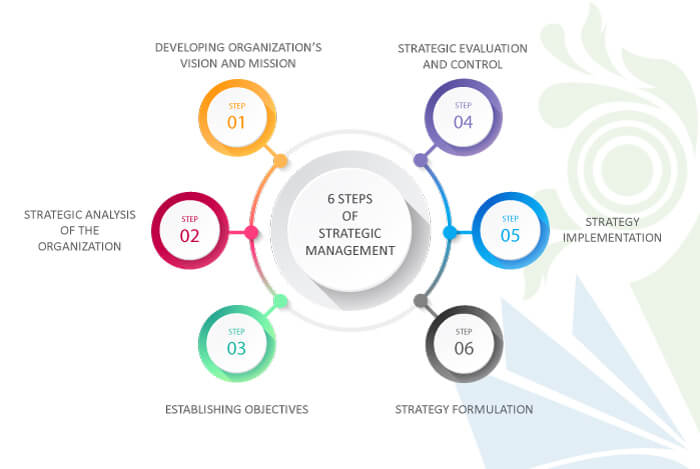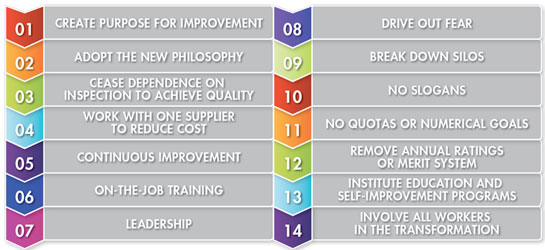Internal Environment Factors Analysis
A business is impacted by the different factors from the environment continuously. We can divide this environment into two ways one internal environment factors and other external environmental factors. However, in this article, I will go into much detail about the internal environment factors. And its areas usually covered by the internal analysis, conducting internal environment analysis: whom to do it?
Internal Environment Factors:
The conditions and forces that exist within the organization are called the internal environment factors of an organization. Internal environment factors portray an organization’s ‘in-house’ situations. An organization has full control over these situations. Unlike the external environment, the internal environment is much more directly controllable. It includes various internal factors such as resources, owners/shareholders, the board of directors, employees and trade unions, goodwill, and corporate culture. These internal environment factors are detailed out below.
- Resources of the organization
- Owners/Stockholders/Shareholders
- Board of Directors
- Organization’s Culture
- Organization’s Image/Goodwill

1. Resources of the organization:
The resources of the organization are important for internal environment factors. It can be discussed under five broadheads. Such as:-
- Physical Resources: Physical resources include land and buildings, warehouses, all kinds of materials, equipment, and machinery. Examples are office buildings, computers, furniture, fans, and air conditioners.
- Human Resources: Human resources embrace all association employees from the top to the lowest level of the association. Examples are marketing executives in a manufacturing company, teachers in a university, and manual workers in a factory.
- Financial Resources: Financial resources embrace capital used to sponsor the organization’s processes, counting working capital. Examples are reserve investment by funds, profits, owners, and revenues received.
- Informational Resources: Informational resources encompass ‘usable data needed to make effective decisions.’ Examples are sales forecasts, price lists from suppliers, and market-related data employee profiles and production reports.
- Technological Resources: There are used different technological resources.
2. Owners/Stockholders/Shareholders:
Owners or stockholders or shareholders of an organization may be individuals in the sole proprietorship business, partners in a partnership firm, shareholders or stockholders in a limited company, or members in a cooperative society. In public enterprises, the government of the county is the owner. Whomever the owners, they are an integral part of the origination’s internal environment factors. Owners perform a significant role in influencing the activities of the business. This is the cause why managers should take more overhaul of the owners.
3. Board of Directors:
In our state, every single registered corporation (public or private limited company) must have a board of directors as per the Companies Act, 1994. The number of directors on the board is stipulated in the company’s Articles of Association. They are accountable for top-level approach making and providing guidelines to the company. They are strategic decision-makers and planners. They monitor and oversee the general functioning of the company. Certain organizations have not existed a board of directors. Rather they have created the ‘board of trustees’ (such as in a charitable organization, a hospital, or a university) or ‘Managing Committee’ (such as in a non-government school or NGO) or a Governing Body (such as in a college).
4. Organization’s Culture:
The culture of an organization is viewed as the basis of its internal environment factors. Organizational (or corporate) culture significantly influences employee behavior. Culture is imperative to every single employee, counting managers who effort into the organization. Strong culture aids a firm to reach its goals better than a firm having a poor culture. Culture in an organization advances and ‘blossoms’ over several years, initiating from the founder’s practices (s). Since culture is a vital internal environmental apprehension for an organization, managers need to recognize its influence on organizational activities.
5. Organization’s Image/Goodwill:
The status of an organization is an actual cherished intangible asset. Goodwill or high reputation develops a promising image of the organization in the minds of the public (so to say, in the customers’ minds). ‘No-Reputation’ cannot create any positive image. A negative image abolishes the organization’s efforts to appeal to customers in a competitive sphere.
The internal environment factors analysis (or micro-environment) is a vital part of the circumstances analysis. An organization’s situation, whether business or any other type of organization, is expressed in terms of its internal and external environmental factors. When an analysis is made of both the types of internal and external environments, managers can have a clear idea of the organization’s overall situation. External environmental factors exist in the exterior of the organization and hence, depict the external situation. The internal environment factors reside inside the organization and, therefore, portray the internal situation. Internal environmental analysis (some prefer to demand it modestly ‘internal analysis’) helps managers identify the internal strengths and weaknesses in respect of various internal environment factors. The analysis is made of every one issue in diverse zones of the organization.
Read more: SWOT Analysis Examples for Business Studies.
Areas Usually Covered by Internal Environment Factors Analysis:
Internal analysis is made of numerous interior concerns of a firm. Depending on the company’s factors, the following chief precise issues need to be enclosed in the analysis.
- Product and service positions
- Financial position
- Product and service quality
- Marketing capability
- Conditions of facilities and equipment
- Research and development capability
- Human resources
- Organization structure
- Past and present objectives and strategies
- And many more.
In fact, every area of a company that has a substantial impact on the company’s long-term survival should be analyzed to determine the strengths and weaknesses of each area. A framework for internal environmental analysis is shown in the following table. This outline designates several example queries that need to be addressed while building an internal examination. These are really significant thoughts for finding out the strengths and weaknesses of an organization.
Framework for Internal Environment Factors Analysis
Thre is shown a table which reflects the internal environment factors analysis of a company in strategic management. This is included for more celebration of this.
| Strengths | Weaknesses |
|---|---|
| Adequate financial resources? | Poor strategic direction? |
| A distinctive competence? | No clear vision? |
| The positive image of the company? | Lack of managerial talent? |
| Proprietary technology? | Poor track record in strategy implementation? |
| Excellent Competitive skills? | Obsolete machinery? |
| Cost advantages? | Falling behind in research and development? |
| Access to economies of scale? | Lack of competencies? |
| Competitive advantages? | Narrow product line? |
| Good leadership and management? | Competitive disadvantages? |
| Product innovation abilities? | Weak market image? |
| Well-crafted functional strategies? | Inadequate working capital? |
| Achieved market leadership? | Poor Marketing skills? |
Conducting Internal Environment Factors Analysis: Whom to Do It?
The job of assigning accountability for accomplishing internal environmental analysis may not be alike in all organizations. The proof shows that performance differs from organization to organization. Usually, the following practices are prevalent in different organizations:
Involvement of the Planning Department:
Some organizations involve the Planning Department in conducting the analysis of the internal environment factors. The staff in the scheduling division are projected to be talented in such analysis. They gather information and then make an analysis of the internal situations.
Use of Outside Consultants:
Some organizations use independent consultants for conducting the internal analysis. The skilled consultants have experience in acting such actions. They can also give an impartial view of the situations, which the planning department’s internal staff or other persons may not give.
Forming of Team:
Particular organizations form a group of line managers with related experience. Frequently, such a group analyzes alliance with the planning staff who provide technical assistance. The underlying philosophy behind using the team approach is that the line managers will be better able to understand the analysis’s implications. They will be in a better situation to guide their strategic planning choices.
An external environment analysis provides the managers with information about external opportunities and threats (OT). On the other hand, an analysis of the internal environment factors generates information about its internal strengths and weaknesses (SW). It means that the managers can recognize their strengths, weaknesses, opportunities, and threats (SWOT) from the organization’s overall strategic analysis.




For this sentence in the second paragraph, “Unlike the internal environment, the internal environment is much more directly controllable”, isn’t it supposed to be: Unlike the external environment, the internal environment is much more directly controllable?
Oono Nigel, thank you very much. Yes, your point is completely correct. Unfortunately, the word INTERNAL has been written in place of the word EXTERNAL. This article has already been updated to correct the error. Thank you again for pointing out the mistake.